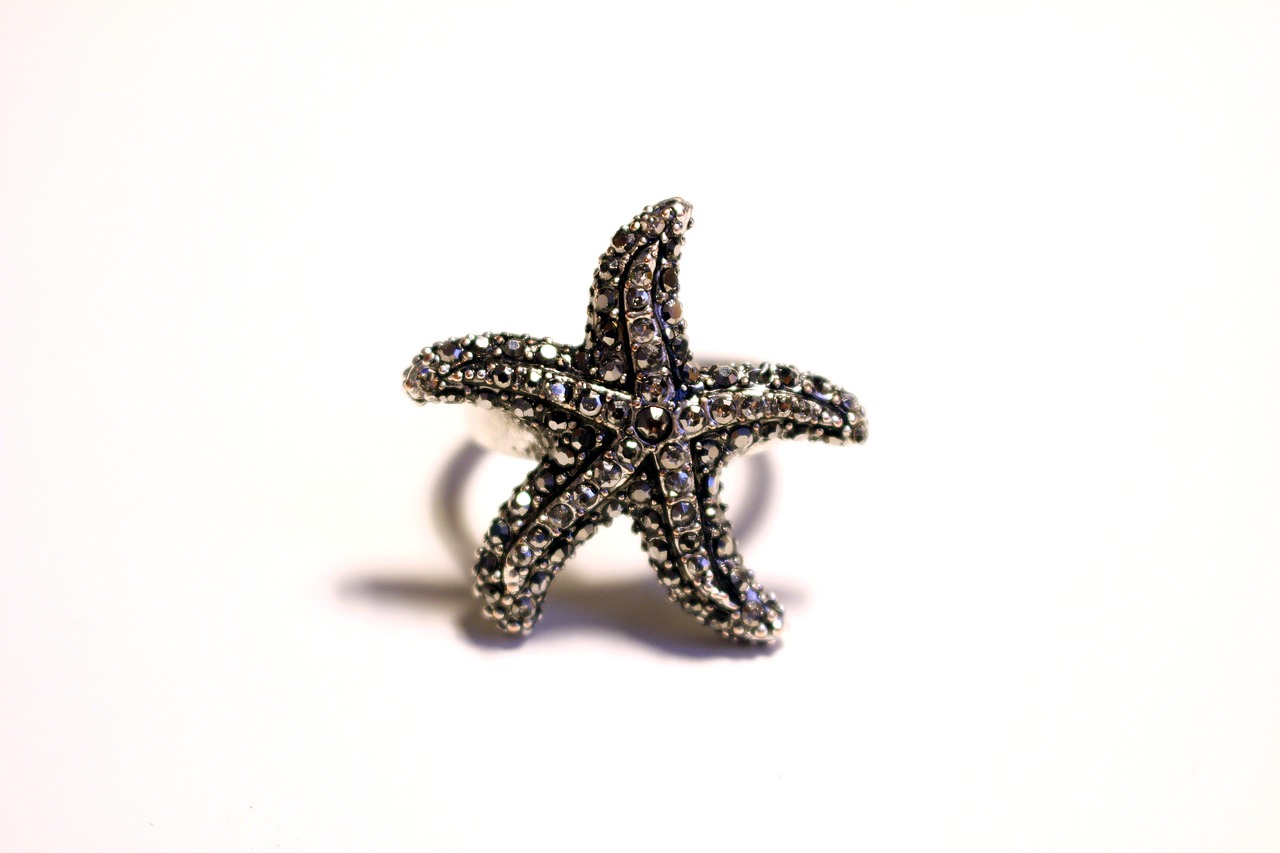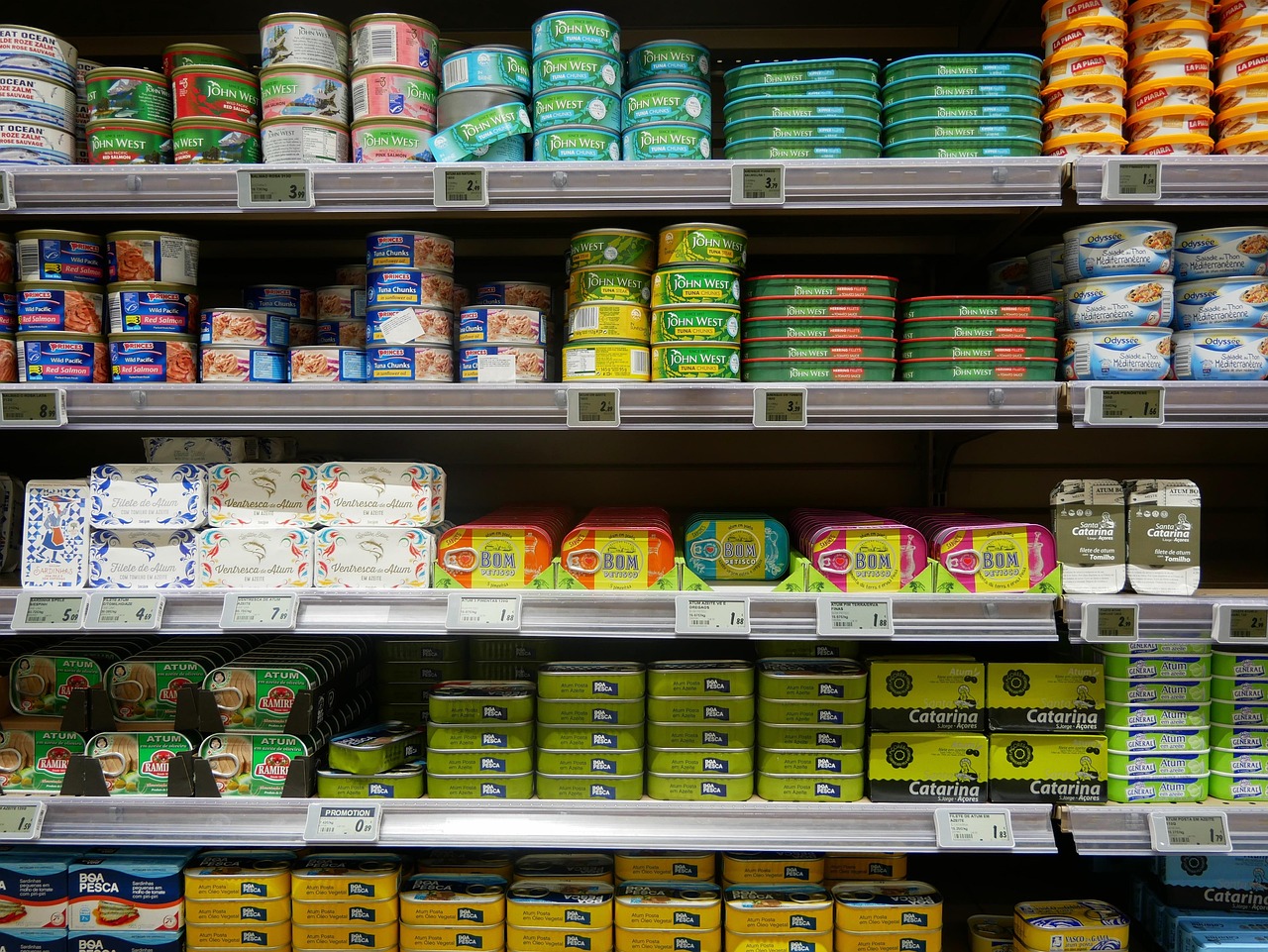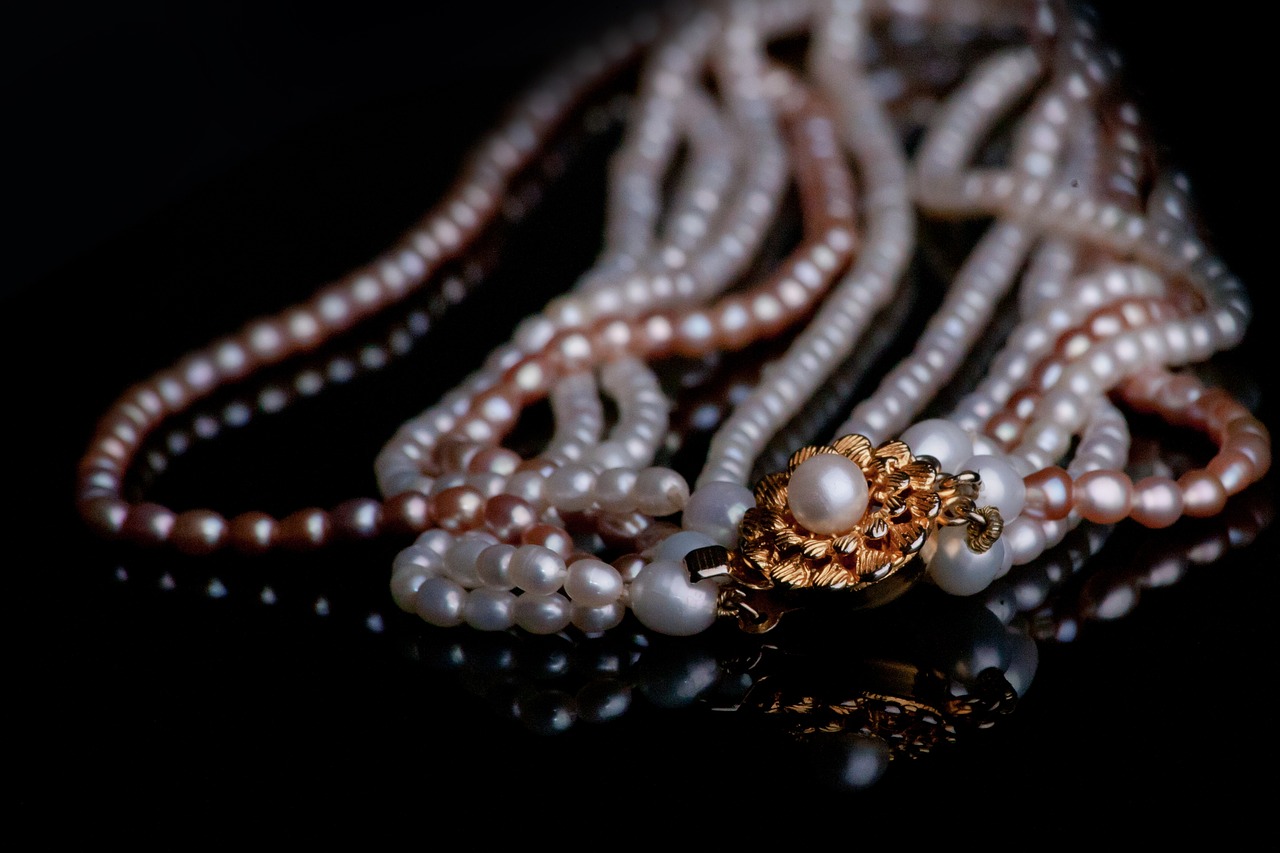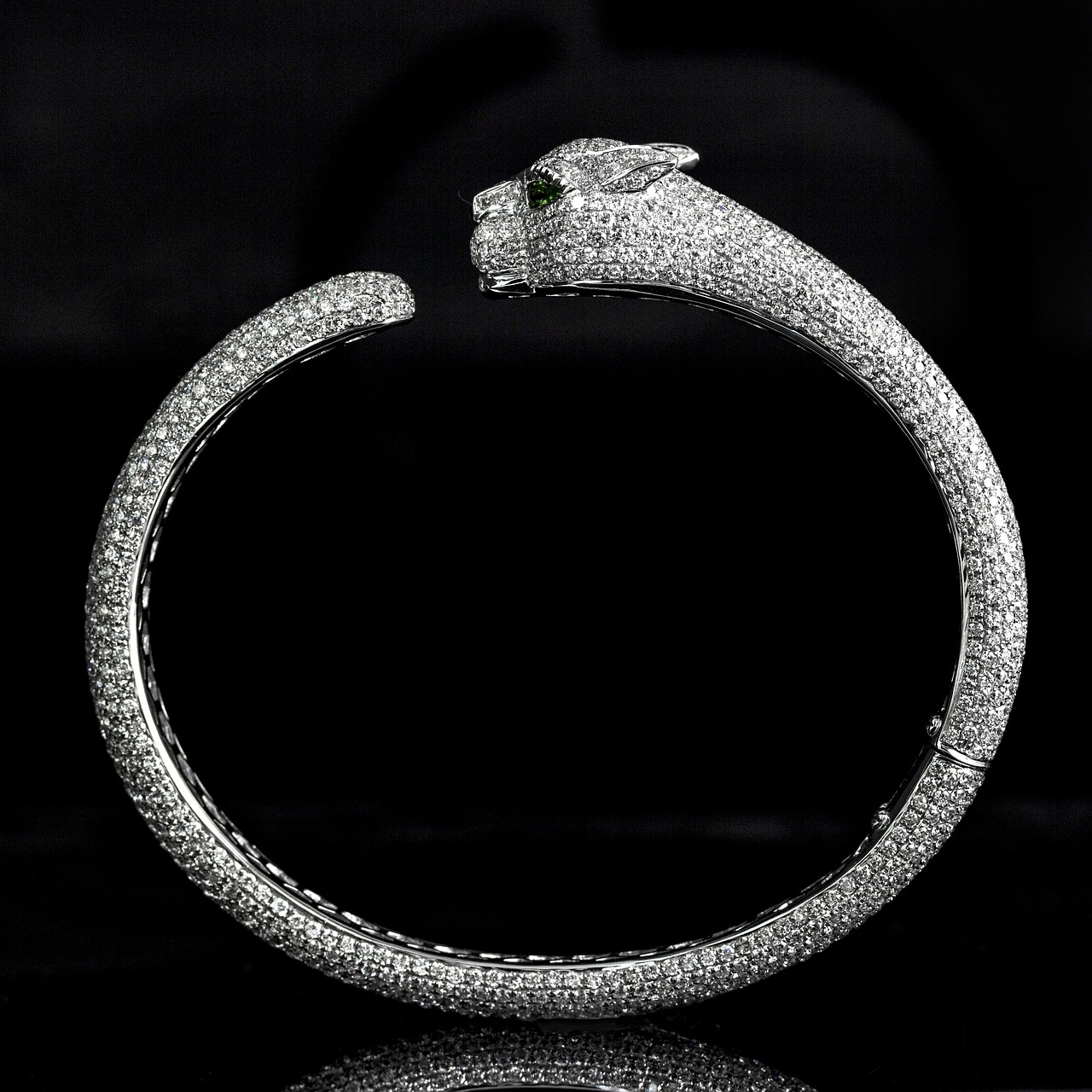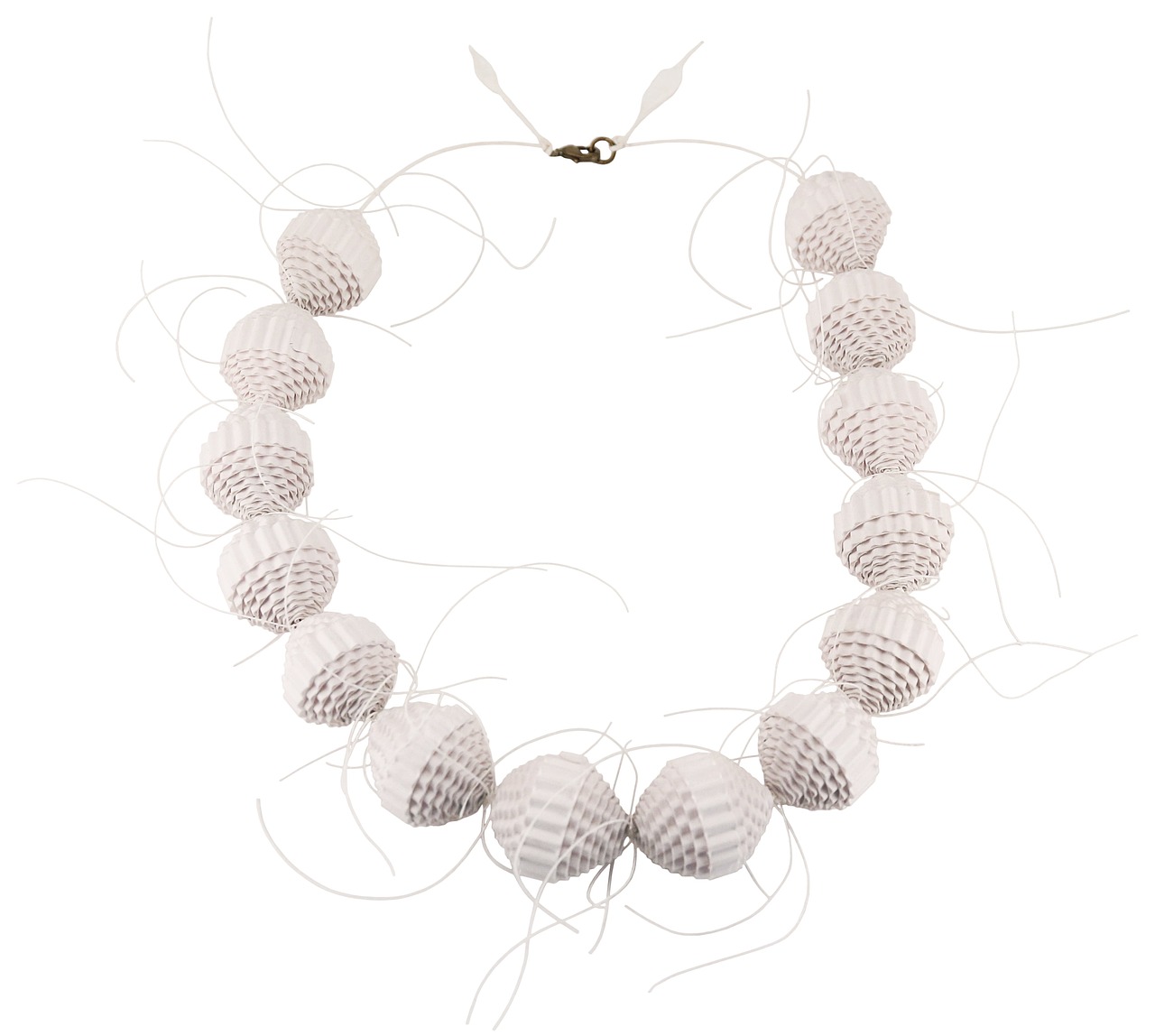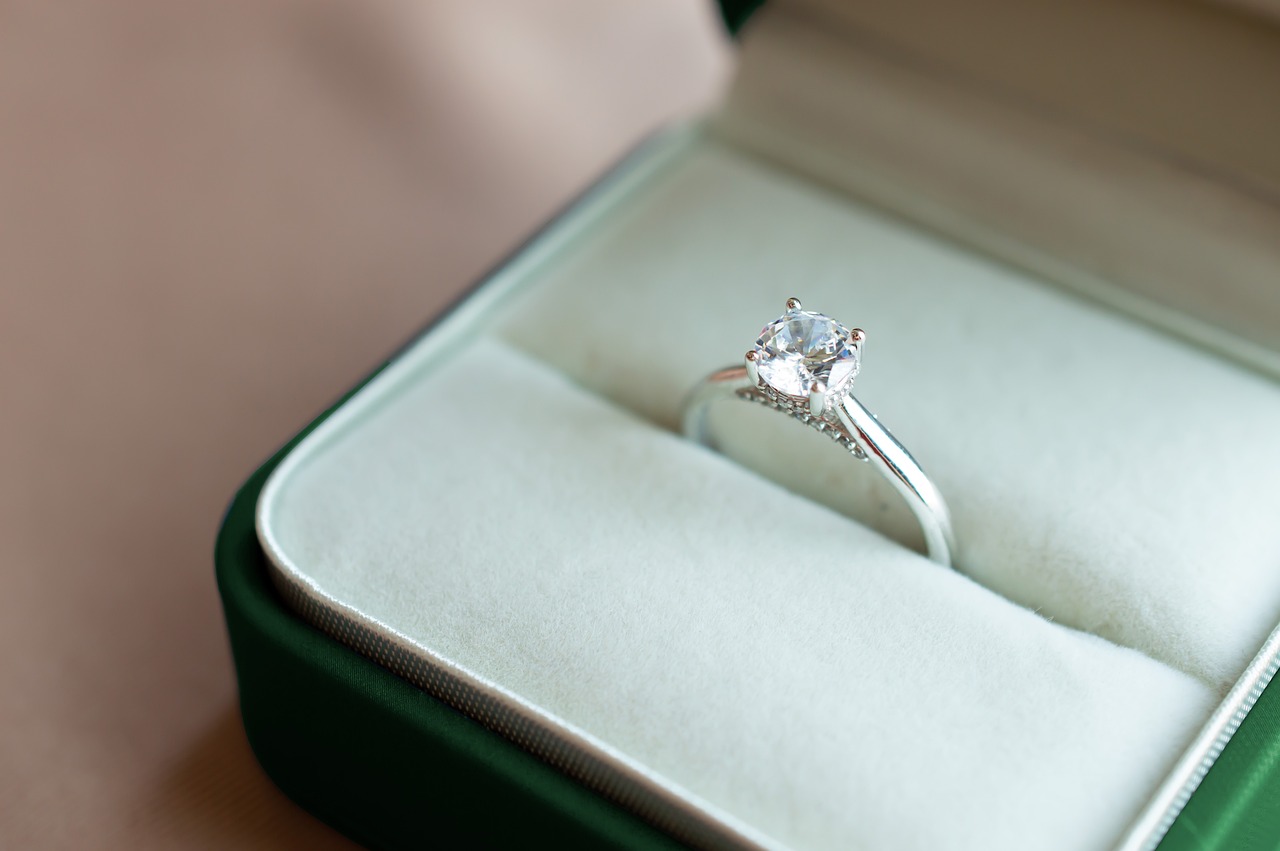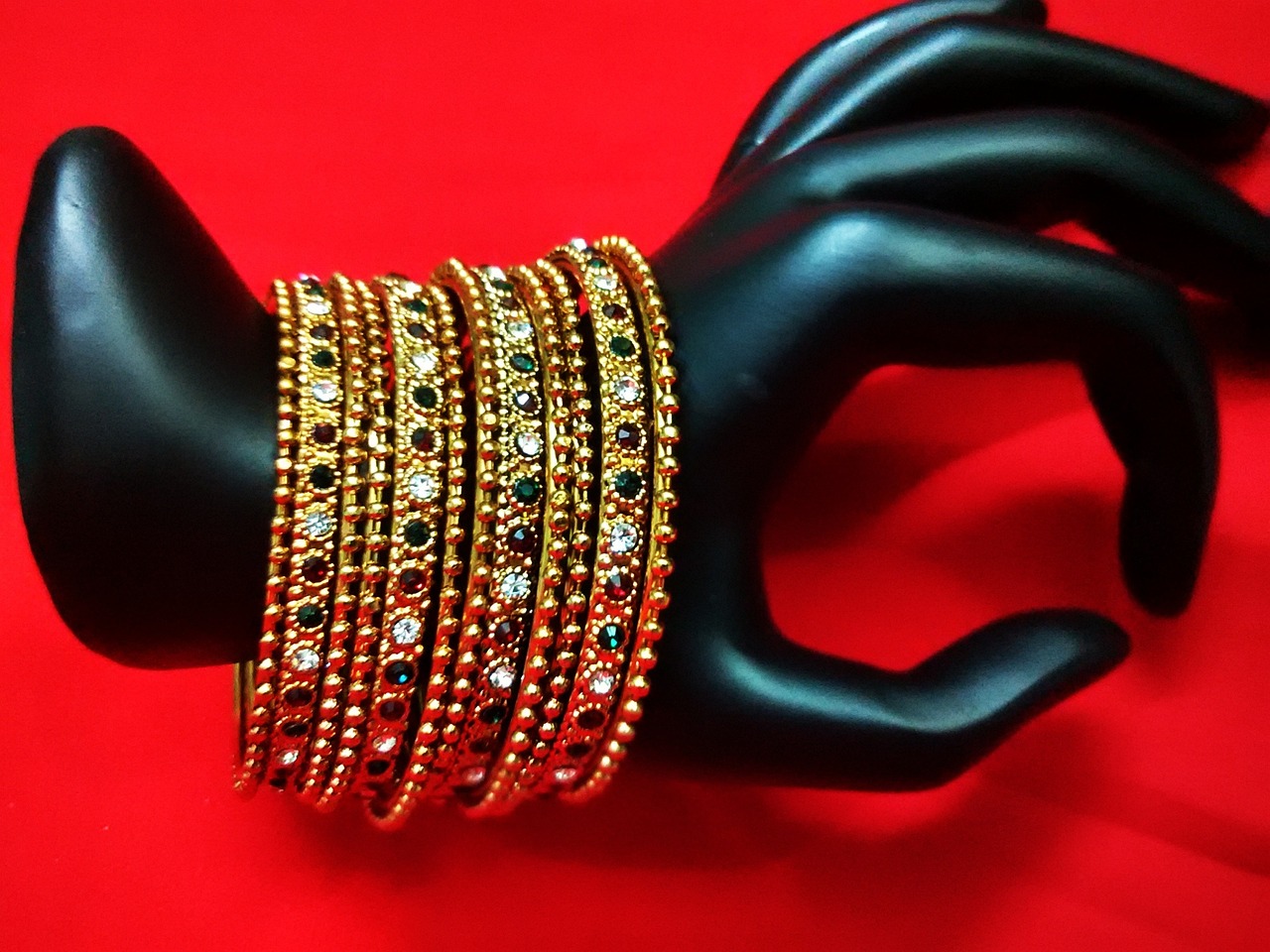This article delves into the key differences between sterling silver and pure silver, providing insights to help you determine which option is more suitable for your everyday jewelry and accessories.
Pure silver, often referred to as fine silver, consists of 99.9% silver. This high purity gives it an exceptional shine and luster, making it visually appealing. However, its softness makes it less practical for everyday wear, as it can easily scratch and bend.
Sterling silver is an alloy comprising 92.5% silver and 7.5% of other metals, typically copper. This combination significantly enhances its strength and durability, making it a popular choice for jewelry that can withstand daily use.
When it comes to durability, sterling silver outshines pure silver. The alloy’s resistance to scratches and dents makes it ideal for rings, bracelets, and other items that are frequently worn. In contrast, pure silver’s softness can lead to quick wear and tear.
The cost of silver jewelry varies, but generally, sterling silver is more affordable than pure silver. This price difference is primarily due to the lower silver content in sterling. As a result, many people find sterling silver to be a more budget-friendly option for everyday pieces.
Both types of silver require care to maintain their shine. However, pure silver tends to tarnish more quickly than sterling silver. Regular polishing and proper storage can help preserve the appearance of both types.
Tarnishing occurs when silver reacts with sulfur and moisture in the air. Understanding the tarnishing process is crucial for selecting the right silver type for your lifestyle. Regular cleaning and proper storage can mitigate tarnishing effects.
Some individuals may experience allergic reactions to the copper present in sterling silver. If you have sensitive skin, it’s essential to identify any allergies and choose jewelry accordingly. Hypoallergenic options are available for those who are allergic.
- Sterling silver: Commonly used in jewelry, utensils, and decorative items.
- Pure silver: Often reserved for investments and collector’s items due to its higher value.
The malleability of sterling silver allows for intricate designs, making it a favorite among jewelers. While pure silver is beautiful, its softness limits its use in detailed jewelry creations.
When considering silver as an investment, pure silver generally holds a higher market value than sterling silver. Investors should stay informed about market trends to make educated decisions regarding their silver purchases.
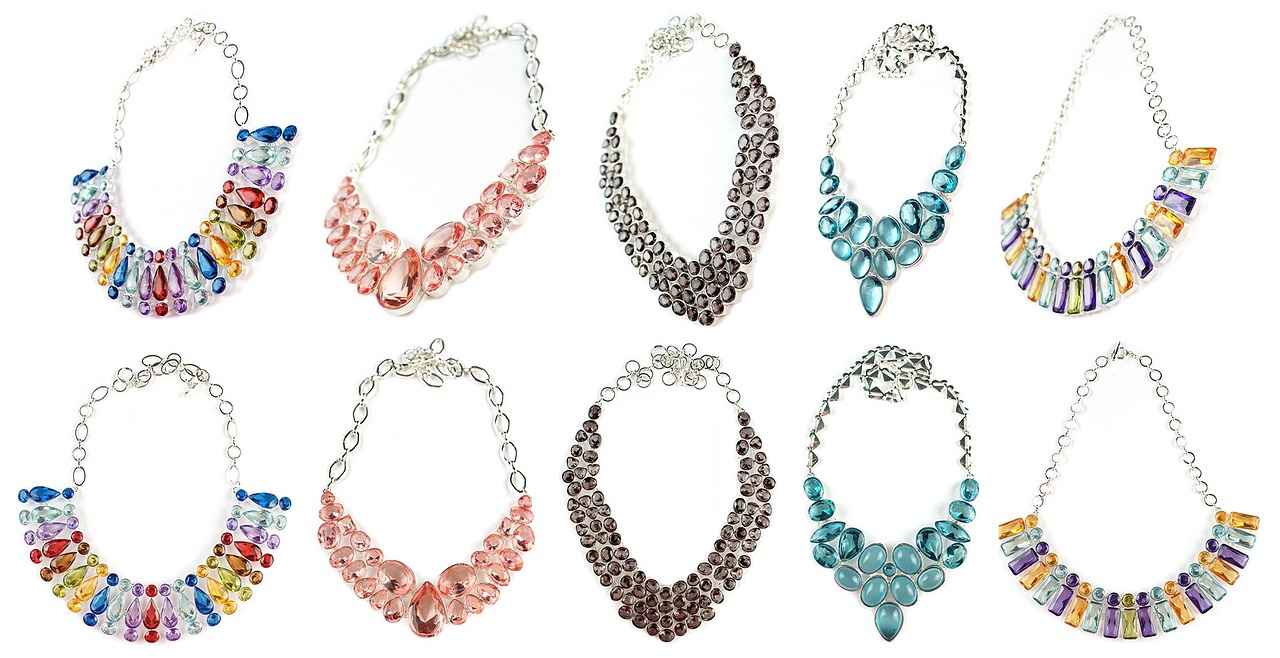
What is Pure Silver?
Pure silver, commonly referred to as fine silver, is defined as silver that contains a remarkable 99.9% silver content. This high level of purity not only contributes to its striking visual appeal but also imparts a unique luster that is highly coveted in various applications, particularly in jewelry and collectibles. The brilliance of pure silver makes it a favorite among artisans and consumers alike.
However, the very qualities that make pure silver desirable also present challenges. Its high purity level renders it less durable compared to other silver alloys. This means that while pure silver is stunning to behold, it is not always the best choice for items that will endure daily wear and tear. For instance, pure silver is prone to scratching and bending, which can detract from its beauty over time.
Furthermore, pure silver’s susceptibility to tarnishing is another factor to consider. Tarnishing occurs when silver reacts with sulfur and moisture in the air, resulting in a dull appearance. While all silver can tarnish, pure silver tends to tarnish more quickly due to its lack of alloying metals, which can provide some degree of protection.
Despite its drawbacks, pure silver has its place in the market. It is often used in the creation of high-end jewelry pieces, where aesthetic appeal is prioritized over durability. Collectors and investors also favor pure silver for its intrinsic value. Items made from pure silver, such as coins or bars, are often seen as a secure investment, especially in times of economic uncertainty.
In terms of maintenance, caring for pure silver requires diligence. Regular cleaning and proper storage can help mitigate tarnishing and preserve its luster. Many enthusiasts recommend using a soft cloth to gently polish the surface and storing pure silver items in anti-tarnish pouches or cloths to minimize exposure to air.
In summary, while pure silver offers a stunning visual experience with its unmatched luster and high purity, it also comes with limitations regarding durability and maintenance. Understanding these factors is essential for anyone considering pure silver for their jewelry or investment portfolios. By weighing the pros and cons, you can make an informed decision that aligns with your lifestyle and aesthetic preferences.
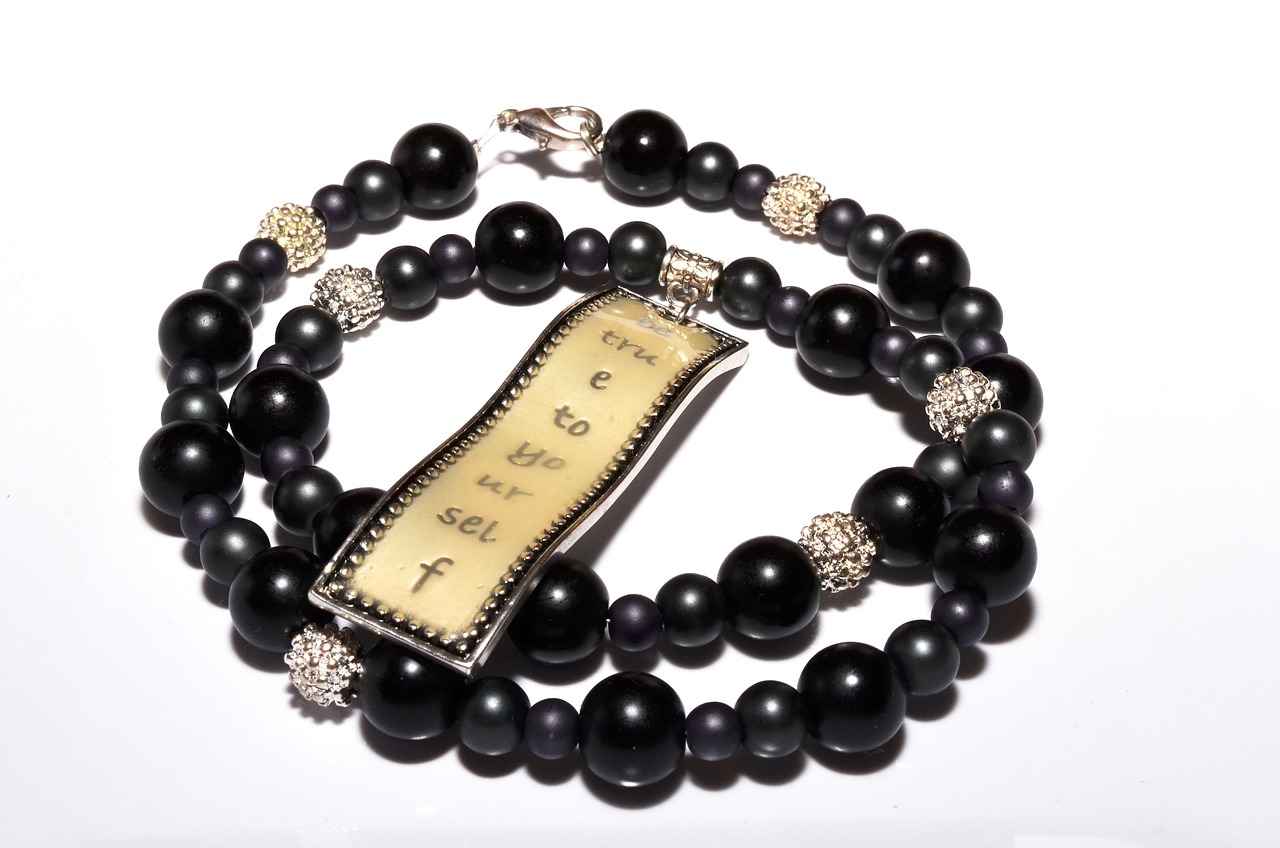
What is Sterling Silver?
Sterling silver is a popular choice for jewelry and household items, known for its beautiful appearance and durability. It is an alloy consisting of 92.5% silver and 7.5% other metals, most commonly copper. This specific composition significantly enhances the strength and resilience of the metal, making it ideal for everyday use.
Unlike pure silver, which is composed of 99.9% silver, sterling silver is less prone to bending and scratching. The addition of copper not only increases its hardness but also contributes to its affordability, making it accessible for a wide range of consumers. This combination of strength and cost-effectiveness is a primary reason why sterling silver is favored for jewelry that is worn regularly.
Moreover, the aesthetic appeal of sterling silver cannot be overstated. Its bright, shiny surface retains a lovely luster that can be polished to a mirror-like finish. This makes it an attractive option for various jewelry designs, from simple earrings to intricate necklaces. The malleability of sterling silver allows artisans to create detailed and elaborate pieces that are both stunning and durable.
In terms of maintenance, while sterling silver does tarnish over time due to exposure to air and moisture, it is generally easier to care for than pure silver. Regular cleaning with a soft cloth and occasional polishing can help maintain its shine and prevent tarnishing. Additionally, many jewelers offer protective coatings that can further enhance the longevity of sterling silver items.
When considering allergies, it’s essential to note that some individuals may react to the copper in sterling silver. If you have sensitive skin or a known metal allergy, it is advisable to consult with a jeweler or dermatologist before purchasing sterling silver jewelry. Many brands also offer hypoallergenic options, which can be a safer choice for those with sensitivities.
In summary, sterling silver is a versatile and practical choice for everyday jewelry. Its combination of strength, beauty, and affordability makes it a favored material among consumers and jewelers alike. Whether you are looking for a stunning piece of jewelry or a durable household item, sterling silver offers a perfect balance of quality and value.
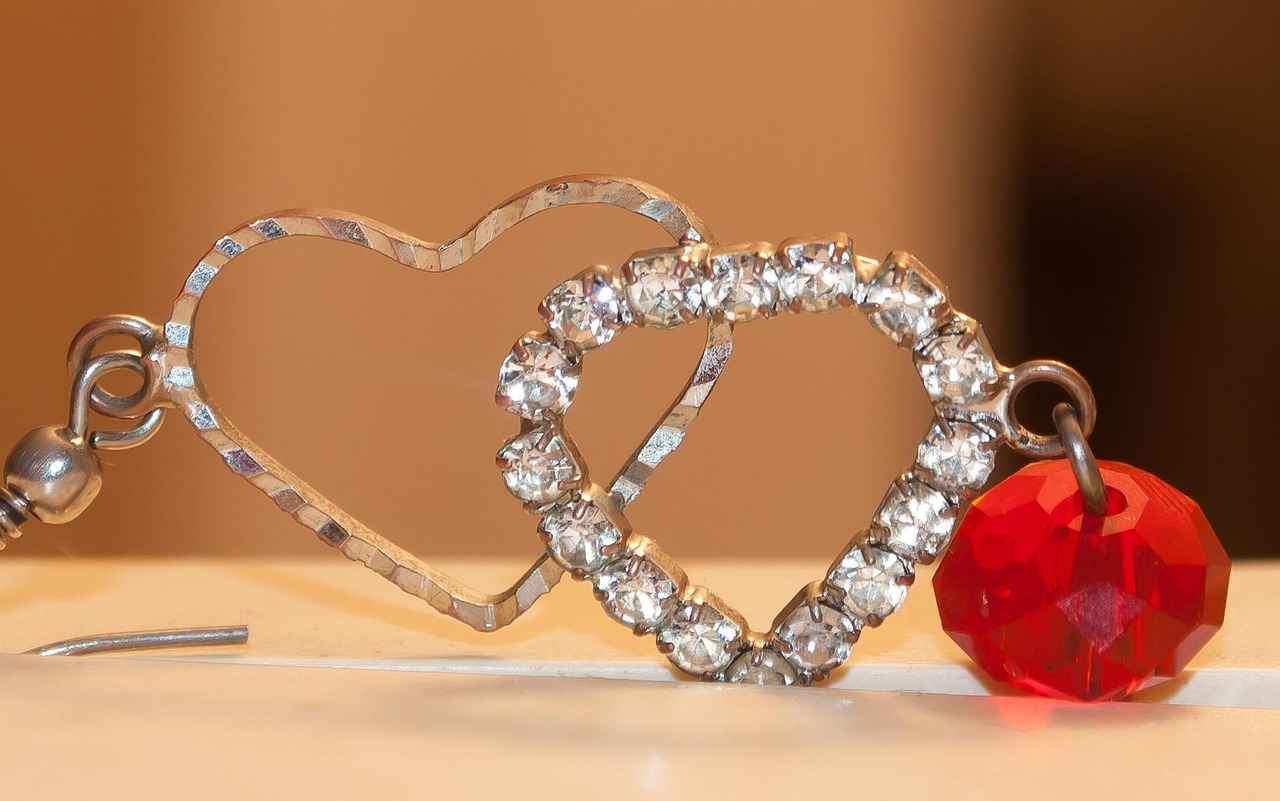
Durability: Which is More Durable, Sterling or Pure Silver?
When it comes to selecting silver for everyday wear, durability plays a pivotal role in the decision-making process. Understanding the differences between sterling silver and pure silver can help you make an informed choice that balances beauty and practicality.
Durability is essential for jewelry that is worn daily. Sterling silver, which consists of 92.5% silver and 7.5% other metals (often copper), is designed to withstand the rigors of everyday use. This alloy composition significantly enhances its strength, making it more resistant to scratches, dents, and other forms of damage compared to pure silver.
On the other hand, pure silver, also known as fine silver, is 99.9% silver. While it possesses a stunning luster and is highly malleable, its lack of alloying metals makes it more prone to scratches and deformation. For individuals who lead active lifestyles or engage in daily tasks that could impact their jewelry, sterling silver is often the more practical choice.
Moreover, the hardness of sterling silver allows it to maintain its shape and appearance over time, reducing the need for constant repairs or replacements. Pure silver, while beautiful, can easily lose its form and shine, requiring more frequent polishing and care to keep it looking its best.
- Scratch Resistance: Sterling silver’s alloy composition makes it less susceptible to scratches.
- Impact Resistance: The additional metals in sterling silver provide increased durability against impacts.
- Maintenance: Sterling silver requires less frequent maintenance compared to pure silver.
When considering the wearability of silver jewelry, it is crucial to think about the setting and design as well. Intricate designs made from sterling silver can withstand wear and tear better than those made from pure silver. This is due to the enhanced strength that comes from its alloy composition, allowing jewelers to create more detailed and durable pieces.
In terms of tarnishing, both types of silver can tarnish due to exposure to moisture and sulfur in the air. However, sterling silver tends to tarnish more slowly than pure silver, making it a more convenient option for everyday wear. Regular cleaning and proper storage can further extend the life of sterling silver jewelry, ensuring it remains beautiful and functional.
In summary, when evaluating silver for everyday wear, the durability of sterling silver makes it the superior choice. Its resistance to scratches and dents, combined with its ability to maintain intricate designs, ensures that it can withstand the demands of daily life while still offering aesthetic appeal. For those who seek a balance of beauty and practicality in their jewelry, sterling silver stands out as the ideal option.

Cost Comparison: Is Sterling Silver Cheaper Than Pure Silver?
The cost of silver jewelry can vary significantly based on various factors, including the type of silver used. In general, sterling silver is more affordable than pure silver, primarily due to its lower silver content and higher availability in the market. Understanding the pricing dynamics of these two types of silver can help consumers make informed decisions when purchasing jewelry.
Sterling silver consists of 92.5% silver and 7.5% other metals, typically copper. This alloy not only makes it more durable but also reduces the cost compared to pure silver, which is composed of 99.9% silver. The higher percentage of silver in pure silver contributes to its increased value, making it a more expensive option for consumers.
- Market Demand: The price of silver fluctuates based on market demand and supply. When demand for silver increases, so does the price.
- Craftsmanship: The skill and artistry involved in creating silver jewelry can significantly affect its price. Handcrafted pieces often carry a premium.
- Design Complexity: Intricate designs that require more time and effort to produce will typically be priced higher.
- Brand Value: Jewelry from well-known brands or designers may command higher prices due to their reputation and perceived value.
When comparing prices, sterling silver jewelry can be found at a range of affordable prices, making it accessible to a broader audience. In contrast, pure silver jewelry, due to its higher silver content, tends to be priced at a premium. For example, a sterling silver ring may cost anywhere from $20 to $100, while a similar piece made of pure silver could range from $100 to $300 or more, depending on the design and craftsmanship.
While the initial cost of sterling silver is lower, it is essential to consider its long-term value. Sterling silver does not hold its value as well as pure silver, especially in terms of investment. If you are looking to purchase silver jewelry as an investment, pure silver may be a better option due to its higher intrinsic value.
Ultimately, the choice between sterling silver and pure silver will depend on your personal preferences, budget, and intended use. If you are looking for durable, everyday jewelry that is stylish and affordable, sterling silver is an excellent choice. However, if you are interested in investing in silver or prefer the prestige of owning pure silver, be prepared to pay a higher price.
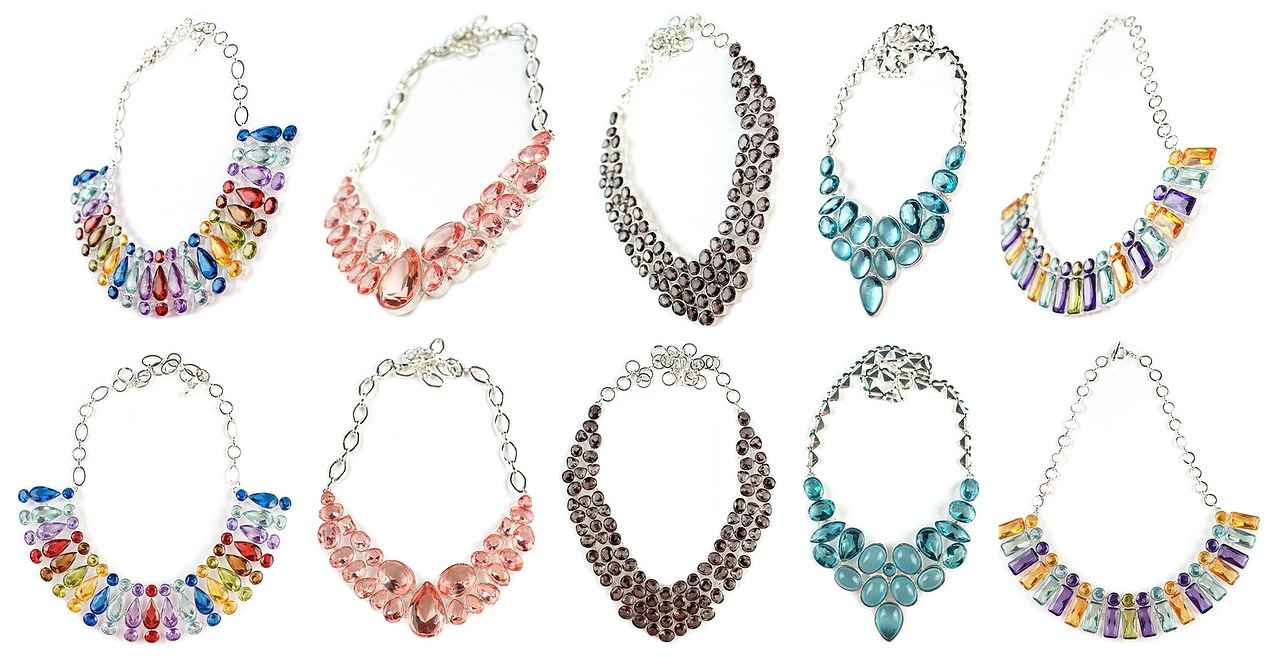
Maintenance: How Do You Care for Sterling and Pure Silver?
When it comes to maintaining the beauty and shine of silver jewelry, understanding the differences between sterling silver and pure silver is essential. Both types of silver require care to maintain their appearance, but they have distinct characteristics that influence their maintenance routines.
Both sterling silver and pure silver require regular maintenance to prevent tarnishing and preserve their aesthetic appeal. However, their differing compositions lead to varied cleaning and care methods.
- Understanding Tarnishing: Tarnishing occurs when silver reacts with sulfur and moisture in the air. Pure silver, being 99.9% silver, tends to tarnish more quickly than sterling silver, which is an alloy of 92.5% silver and 7.5% other metals, usually copper. This difference in composition means that pure silver items may need more frequent cleaning.
- Cleaning Methods: For sterling silver, a gentle soap solution and a soft cloth can effectively remove tarnish. Specialized silver polish can also be used, but it’s essential to follow the instructions carefully to avoid damaging the surface. In contrast, pure silver requires more delicate handling. A mild soap and water solution is usually sufficient, but avoid abrasive materials that can scratch its softer surface.
- Storage Tips: Proper storage is crucial for both types of silver. Keeping silver jewelry in anti-tarnish pouches or cloths can significantly reduce exposure to air and moisture, thereby minimizing tarnishing. Additionally, storing them separately can prevent scratches and scuffs.
- Frequency of Cleaning: Due to its higher susceptibility to tarnishing, pure silver may require cleaning every few weeks, especially if worn frequently. On the other hand, sterling silver may only need cleaning every few months, depending on wear and environmental factors.
It’s also important to note that while tarnishing is a natural process, it can be mitigated through proper care. Regular polishing can keep both types of silver looking their best, but care should be taken not to over-polish, as this can lead to a loss of metal over time.
Special Considerations: Individuals with sensitive skin should be aware that some may experience allergic reactions to the copper content in sterling silver. If this is a concern, opting for pure silver or hypoallergenic alternatives may be wise.
In summary, while both sterling silver and pure silver require attention to maintain their beauty, understanding their unique properties can help you choose the right care methods. By implementing regular cleaning and proper storage techniques, you can ensure that your silver jewelry remains a cherished part of your collection for years to come.
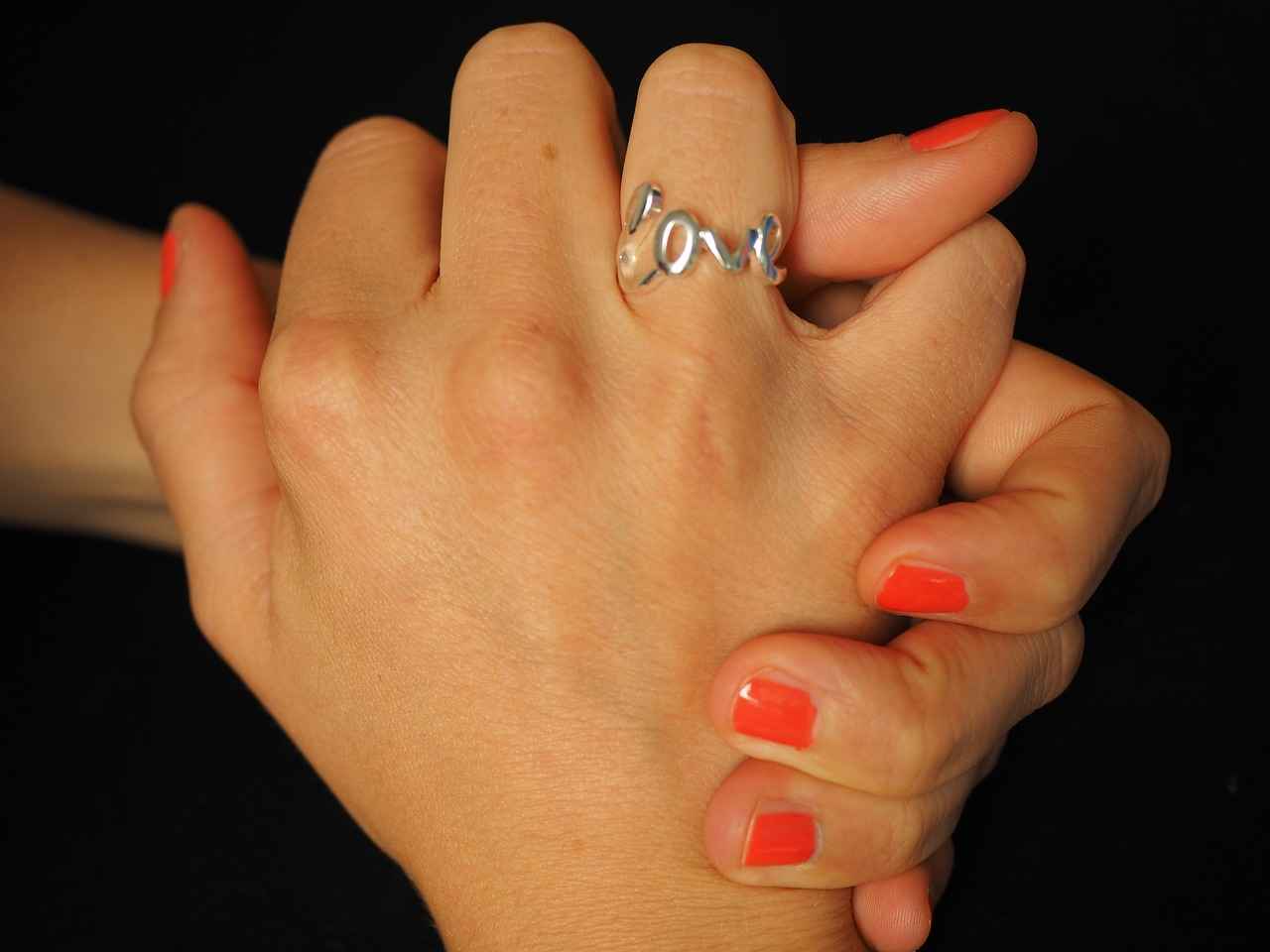
Tarnishing: Why Do Sterling and Pure Silver Tarnish?
Tarnishing is a common concern for anyone who owns silver jewelry or items. This process occurs when silver interacts with elements in the environment, particularly sulfur and moisture present in the air. Understanding how tarnishing happens and the factors that contribute to it can help you make informed decisions about your silver purchases and maintenance routines.
Tarnishing is primarily caused by a chemical reaction between silver and sulfur compounds. These compounds can be found in various everyday items, including:
- Air pollution
- Foods such as eggs and onions
- Cosmetics and lotions
- Household cleaners
When silver comes into contact with these substances, it forms silver sulfide, which appears as a darkened layer on the surface of the metal. This reaction is accelerated in environments with high humidity or exposure to moisture, making tarnishing more prevalent in certain climates.
Understanding the difference in composition between sterling silver and pure silver is essential when discussing tarnishing. Pure silver, which consists of 99.9% silver, is more prone to tarnishing due to its lack of alloying metals that can provide some resistance. In contrast, sterling silver, made up of 92.5% silver and 7.5% copper, tends to tarnish more slowly. The copper in sterling silver reacts with sulfur, but the presence of silver helps to maintain its luster longer than pure silver.
While tarnishing is inevitable, there are several effective strategies to minimize its occurrence:
- Store Properly: Keep silver items in airtight containers or anti-tarnish pouches to reduce exposure to air and moisture.
- Avoid Certain Chemicals: Keep silver away from household cleaners, perfumes, and lotions that may contain sulfur or other tarnishing agents.
- Regular Cleaning: Clean your silver regularly with a soft cloth to remove any tarnish before it builds up. Use a silver polish specifically designed for the type of silver you own.
- Wear It Often: Surprisingly, wearing silver jewelry can help reduce tarnishing. The natural oils from your skin can create a protective layer on the silver.
If your silver has already tarnished, there are several methods to restore its shine:
- Silver Polish: Use a commercial silver polish that is safe for your specific type of silver. Follow the instructions carefully for the best results.
- Baking Soda Paste: Create a paste with baking soda and water, apply it to the tarnished areas, and gently rub with a soft cloth before rinsing.
- Aluminum Foil Method: Line a bowl with aluminum foil, add boiling water and baking soda, and soak your tarnished silver for a few minutes. Rinse and dry thoroughly.
Understanding the tarnishing process is crucial for anyone who appreciates silver jewelry. By recognizing the factors that contribute to tarnishing and implementing preventative measures, you can enjoy your silver items for years to come. Whether you choose sterling or pure silver, knowing how to care for these metals will ensure they remain beautiful and cherished.

Allergies: Can You Be Allergic to Sterling Silver?
Jewelry is often a cherished accessory, but for some, wearing it can lead to uncomfortable reactions. One common concern is whether allergies to sterling silver are a real issue. Understanding this topic is crucial for those who love jewelry but may be sensitive to certain materials.
Sterling silver, an alloy consisting of 92.5% silver and 7.5% other metals, typically includes copper. While the silver content provides a beautiful shine and durability, the copper can be problematic for some individuals. Allergic reactions can manifest in various ways, including:
- Redness and itching at the site of contact
- Swelling and irritation
- Rashes that may spread beyond the initial contact area
These reactions are often linked to the copper content in sterling silver rather than the silver itself. It’s essential to differentiate between a silver allergy and a copper allergy. Some people may tolerate pure silver but react negatively to copper. This distinction is vital for making informed jewelry choices.
To minimize the risk of allergic reactions, consider the following tips:
- Test before you invest: If you suspect you might have a sensitivity, try wearing sterling silver jewelry for short periods to see if any reactions occur.
- Choose hypoallergenic options: Look for jewelry labeled as nickel-free or made from alternative materials like titanium or surgical stainless steel.
- Keep it clean: Regularly clean your jewelry to remove any buildup of skin oils or dirt, which can exacerbate allergic reactions.
For those who experience mild reactions, using a clear nail polish to coat the inner surface of the jewelry can create a barrier between the skin and the metal, potentially reducing irritation. However, this is a temporary solution and may wear off over time.
It’s also worth noting that some individuals may develop allergies over time, even if they previously wore sterling silver without issues. This phenomenon can be attributed to changes in the skin or environmental factors, highlighting the importance of monitoring one’s skin health.
If you suspect a severe allergic reaction, it’s advisable to consult a healthcare professional or dermatologist. They can provide guidance on managing symptoms and recommend appropriate treatments.
In conclusion, while allergic reactions to sterling silver are not uncommon, understanding the underlying causes can help individuals make informed decisions. By being proactive and aware of your body’s responses, you can enjoy beautiful jewelry without discomfort.
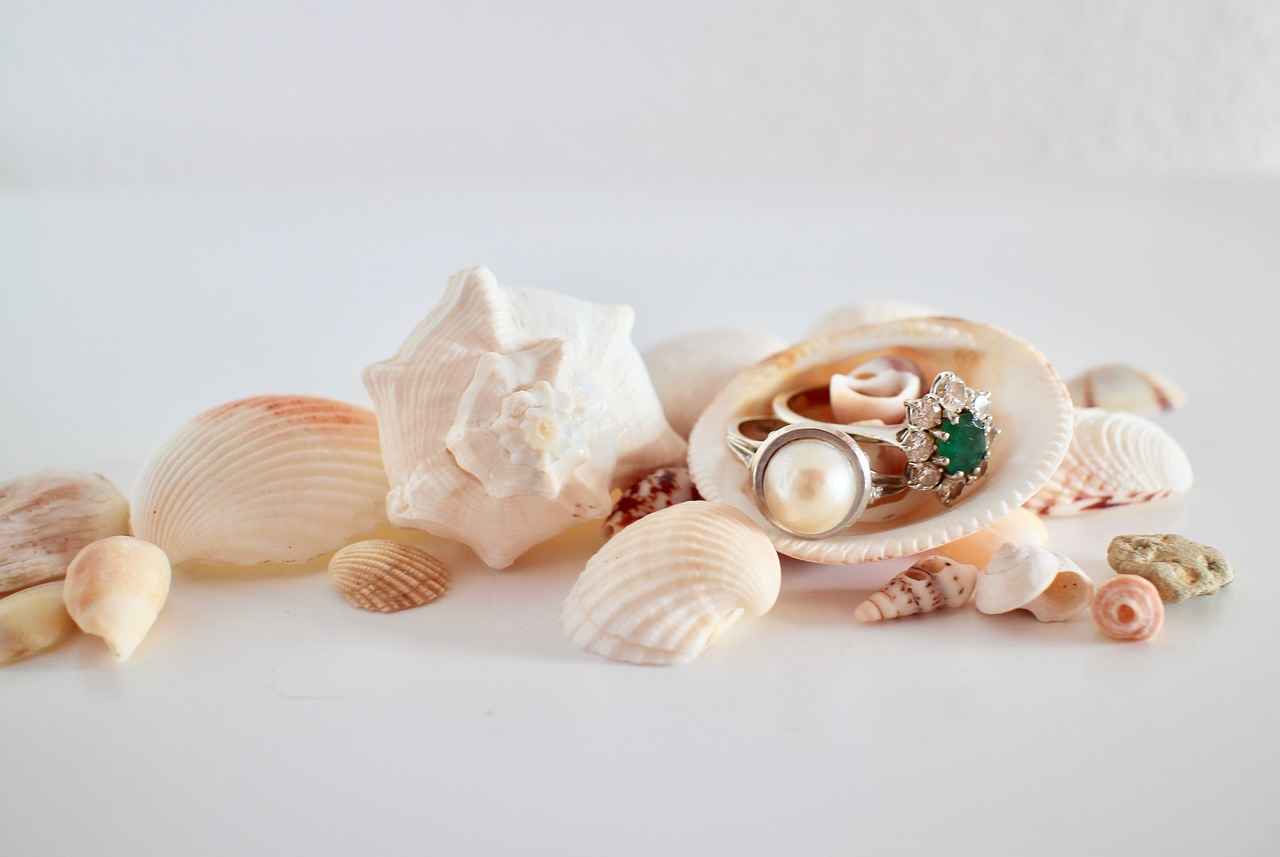
Uses: Where is Each Type of Silver Commonly Used?
When it comes to silver, understanding the different types and their uses is essential for making informed decisions, whether for jewelry, household items, or investment purposes. In this section, we will explore the various applications of sterling silver and pure silver, highlighting their unique characteristics and ideal uses.
Sterling silver is widely recognized for its versatility and durability, making it a popular choice for everyday items. Here are some common uses:
- Jewelry: Sterling silver is the go-to material for rings, bracelets, necklaces, and earrings. Its strength allows for intricate designs, making it a favorite among jewelers.
- Household Items: From cutlery to decorative pieces, sterling silver is often used in items like serving trays, candlesticks, and picture frames due to its appealing aesthetic and durability.
- Fashion Accessories: Items such as belt buckles, watch bands, and hairpins frequently utilize sterling silver, as it withstands daily wear and tear.
- Artisan Crafts: Many artisans prefer sterling silver for crafting unique pieces, as it can be easily manipulated and polished to a brilliant finish.
On the other hand, pure silver, also known as fine silver, is less commonly used in everyday items due to its softness. However, it does have specific applications, particularly in the realms of investment and artistry:
- Investment: Pure silver is often bought in the form of bullion coins and bars, making it a preferred choice for investors looking to hold a tangible asset with intrinsic value.
- Collector’s Items: Coins and limited-edition pieces made from pure silver are highly sought after by collectors, often fetching higher prices due to their rarity and purity.
- High-End Jewelry: Some jewelers create exclusive pieces from pure silver, catering to a niche market that values the metal’s purity and luster.
- Artistic Creations: Fine silver is frequently used by artists for creating sculptures and other art forms that require a high level of detail and finish.
In summary, while sterling silver is favored for its durability and versatility in everyday items, pure silver holds its place in the investment and collector markets due to its high value and purity. Each type of silver serves its purpose, and understanding these differences can help consumers make the best choices for their needs.

Design Versatility: Which Silver is Better for Jewelry Designs?
The world of jewelry design is as diverse as the materials used to create it. Among these materials, silver stands out for its beauty and versatility. When it comes to intricate designs, two forms of silver dominate the conversation: sterling silver and pure silver. Understanding the differences between these two types of silver can help you make informed choices about your jewelry.
The malleability of sterling silver is one of its most appealing attributes, making it a favorite among jewelers worldwide. This characteristic allows artisans to create intricate and detailed designs that would be challenging to achieve with other metals. The ability to easily manipulate sterling silver into various shapes and forms enables the creation of unique pieces that can reflect personal style and taste.
In contrast, pure silver, which is 99.9% silver, while undeniably beautiful, is less commonly used for detailed jewelry. Its high purity contributes to a lovely luster, but this same quality makes it less durable for everyday wear. Pure silver is more prone to scratching and bending, which can limit the complexity of designs that can be practically achieved.
Many jewelers prefer sterling silver not only for its workability but also for its affordability. The alloy, which typically consists of 92.5% silver and 7.5% copper, allows for a balance between beauty and practicality. This makes it a popular choice for a variety of jewelry styles, from delicate necklaces to robust bracelets.
- Intricate Designs: Sterling silver’s malleability allows for elaborate patterns and textures.
- Customization: Jewelers can easily engrave or add embellishments to sterling silver pieces.
- Durability: The alloy composition enhances resistance to wear and tear.
Another advantage of sterling silver is its ability to hold finishes. Whether it’s a high-polish shine or a matte finish, sterling silver can be treated in various ways to achieve stunning visual effects. This versatility makes it suitable for a wide range of jewelry styles, from modern to vintage-inspired pieces.
While pure silver does have its place, particularly in high-end collectibles or investment pieces, its lack of strength limits its application in everyday jewelry. For those looking to wear their pieces regularly, sterling silver is often the better choice. It combines aesthetic appeal with resilience, ensuring that intricate designs can be worn without the fear of damage.
In summary, when it comes to design versatility, sterling silver reigns supreme. Its malleability, durability, and ability to hold finishes make it the preferred choice for jewelers aiming to create stunning, intricate designs. Pure silver, while beautiful, is often reserved for special occasions or as part of a collection due to its limitations in everyday wear. Thus, for those who value both artistry and practicality in their jewelry, sterling silver is undoubtedly the way to go.
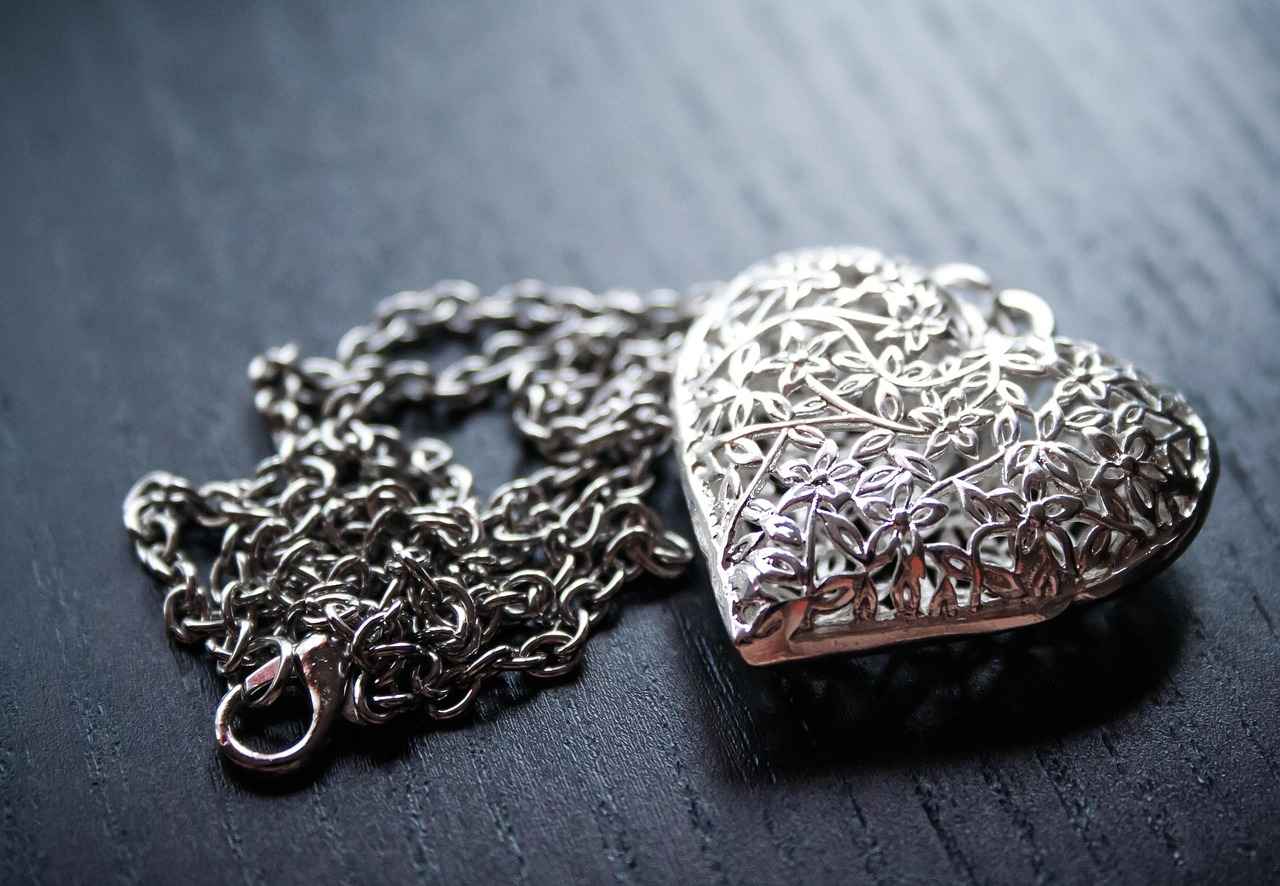
Investment Value: Is Pure Silver a Better Investment?
When it comes to investing in precious metals, silver has long been a popular choice among investors. However, not all silver is created equal. In this section, we will explore the investment value of pure silver compared to sterling silver, providing you with the insights needed to make informed decisions.
Pure silver, often referred to as fine silver, boasts an impressive purity level of 99.9%. This high silver content not only gives it a stunning shine but also enhances its value as an investment. Investors often seek pure silver for its potential to appreciate over time, especially during economic uncertainties. The demand for pure silver is driven by its use in various industries, including electronics and solar energy, further solidifying its status as a valuable asset.
On the other hand, sterling silver consists of 92.5% silver and 7.5% other metals, commonly copper. While sterling silver is durable and ideal for everyday items, its lower silver content means it typically holds a lower investment value compared to pure silver. Investors looking for long-term growth should consider the implications of investing in sterling silver versus pure silver.
Understanding market trends is crucial for any silver investor. The prices of both pure and sterling silver can fluctuate based on various factors, including economic conditions, industrial demand, and geopolitical events. Keeping an eye on these trends can help you make strategic investment decisions. For instance, during times of economic instability, the demand for pure silver often increases, leading to higher prices.
- Diversification: Consider diversifying your silver investments by including both pure and sterling silver products.
- Market Research: Stay informed about market trends and silver prices to make timely investment choices.
- Long-Term vs. Short-Term: Decide whether you are looking for short-term gains or long-term stability when investing in silver.
Investors can choose between physical silver (such as coins and bars) and paper silver (like ETFs and stocks). While physical silver provides tangible value, paper silver can be more convenient and easier to trade. However, physical silver often retains its value better during economic downturns, making it a preferred choice for many investors.
In summary, when considering silver as an investment, pure silver generally holds a higher value compared to sterling silver. Understanding market trends and the unique characteristics of each type of silver can help you make informed decisions. Whether you choose to invest in pure silver for its high value or opt for sterling silver for its practical uses, being well-informed is key to successful investing.
Frequently Asked Questions
- What is the main difference between sterling silver and pure silver?
The primary difference lies in their composition. Pure silver is 99.9% silver, while sterling silver is 92.5% silver mixed with other metals, usually copper. This makes sterling silver more durable and suitable for everyday wear.
- Does sterling silver tarnish more than pure silver?
Actually, pure silver tends to tarnish faster due to its high silver content. Sterling silver, with its alloy, is more resistant to tarnishing, though both types require regular maintenance to keep them looking their best.
- Can I wear sterling silver if I have sensitive skin?
Some people may experience allergic reactions to the copper in sterling silver. If you have sensitive skin, it’s wise to test a small piece first or opt for hypoallergenic alternatives.
- Is pure silver a better investment than sterling silver?
Yes, pure silver generally holds a higher value due to its higher silver content. If you’re considering silver as an investment, pure silver is often the preferred choice.
- Which type of silver is better for intricate jewelry designs?
Sterling silver is favored for intricate designs because of its malleability. While pure silver can be beautiful, it’s less commonly used in detailed jewelry due to its softness.
